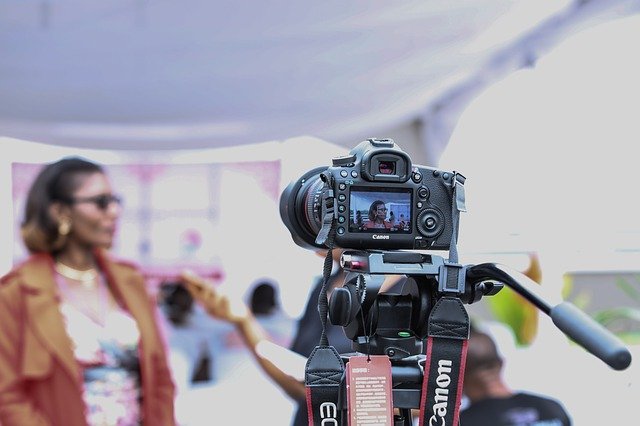Did you know that interviews are one of the most frequently transcribed formats? That’s right, and it’s not particularly surprising, since they make up an important chunk of the work done by journalists, researchers, etc. You may already know that they can be transcribed in several different ways, and in this article we’re going to talk about how to transcribe an interview so that it’s as faithful as possible to the original material, free of errors, and done in the most professional way. Let’s get started!
How is an interview transcribed?
In interviews, it is common practice for the interviewer to record the conversation and then delegate the transcription task to a professional. The latter can go about doing the transcription in several different ways.
The first step would be to listen to the audio, which would then be converted into written material. On the other hand, professionals often use special transcription software, increasing their efficiency and also helping them to meet the agreed-upon deadlines.
You can also use an automatic transcription tool. It’s true that such tools are not 100% accurate, but they can help you gain some speed, even though you’ll still have to proofread the transcription either way.
What kinds of transcription exist?
Like we mentioned before, there are several different ways to carry out a transcription. This being said, it is important to highlight that there are two main ways: verbatim and edited transcriptions. Let’s have a look at what each one is used for.
Verbatim transcription
Verbatim transcription is the result of reflecting exactly what the interviewee in question said, just the way they said it. The words are transcribed letter for letter, including interjections, stutters, repetitions, and even mistakes in pronunciation. In verbatim transcriptions, you may come across grammatical errors, badly constructed sentences, etc.
With this in mind, therefore, what are they used for and when are they necessary? This way of transcribing becomes essential when the text must reflect exactly what was said and how it was said. This could be the case for interviews conducted in the legal sector, studies involving psychologists, and, in general, in any situation where the interviewee’s reactions must be recorded.
Edited transcription of an interview
On the other hand, edited transcriptions are those that pass through the interviewer’s filter. This means that here it is necessary to correct any mistakes such as the ones we mentioned before: mispronounced words, interjections, among other elements, so that the resulting text is polished and easy to read.
Edited transcriptions are used so that the text is clear and free of grammatical and spelling errors. But careful! This doesn’t mean that any part of the conversation can be modified or removed, even though some sections may seem irrelevant. Edited transcription is limited to refining the verbatim transcription so that it can be perfectly understood and read in the easiest way possible.
Essentially, this type of transcription is used for magazine articles or documentaries. It is also common in corporate meetings that, for one reason or another, are to be published.

Some transcription tools
As we were saying a little earlier, transcribers often use software that helps them to do their job. These tools can be for automatic or human transcription. Both kinds have a specific purpose, so let’s have a look at some of the most efficient ones.
Tools for automatic transcription
These are based on artificial intelligence and speech recognition. Thanks to these technologies, audio files can be uploaded to the software, which later returns the automatically generated transcription to you.
Tools for human (or manual) transcription
On the other hand, interviews can be transcribed using a manual tool. This means that it won’t be able to perform automatic transcriptions and that its function is to facilitate the transcriber’s job. This type of tool tends to offer functions such as audio quality improvement, the option to adjust the audio speed or add timestamps, among others. Its main advantage lies in the fact that it cuts down work time without sacrificing the quality.
Summary transcriptions
It is worth highlighting that another type of transcription also exists, summary transcription, used mostly in written press and within the corporate world.
The aim of these texts is to convey a specific idea extracted from the interviewee’s words, allowing the reader to identify the interview’s most relevant points. Therefore, to correctly transcribe an interview as a summary, the most important points must be highlighted, all while maintaining the interviewee’s original words.
As you can see, there are several different transcription methods, depending on the goal being pursued. Yet, without a doubt, the answer to the question ‘How do you transcribe an interview correctly?’ should always be: ‘with the help of a translation industry professional’. At Blarlo we have the best native professionals for all languages, so don’t think about it any longer. Get in touch with us!
This post is also available in: Español (Spanish) Français (French) Deutsch (German)






